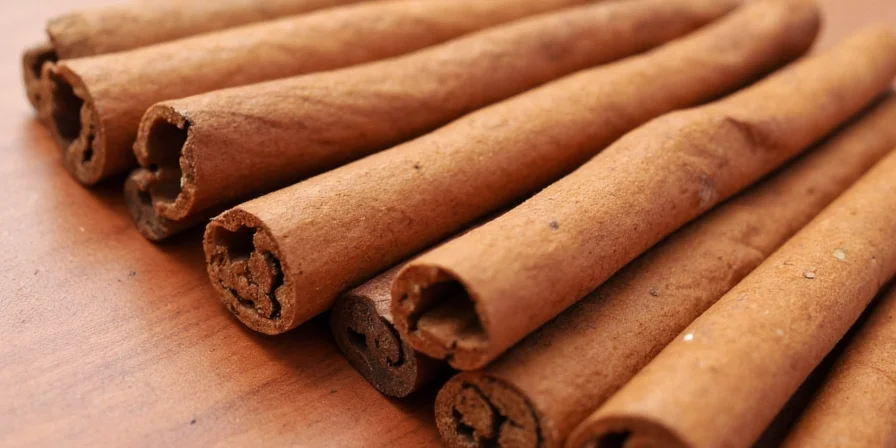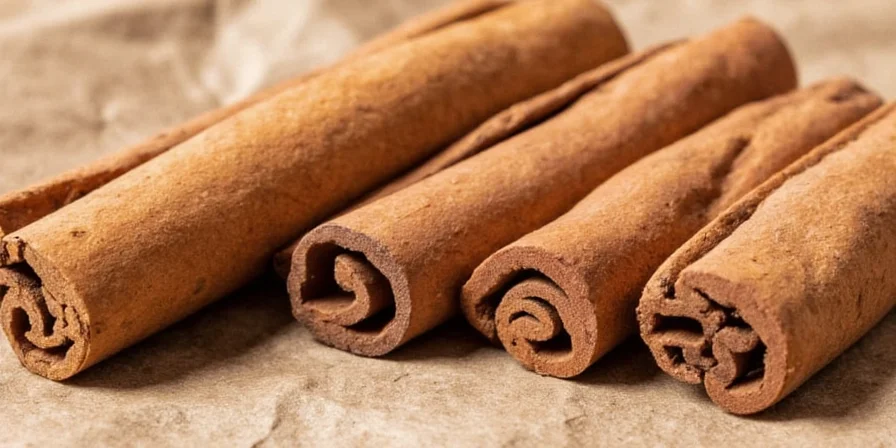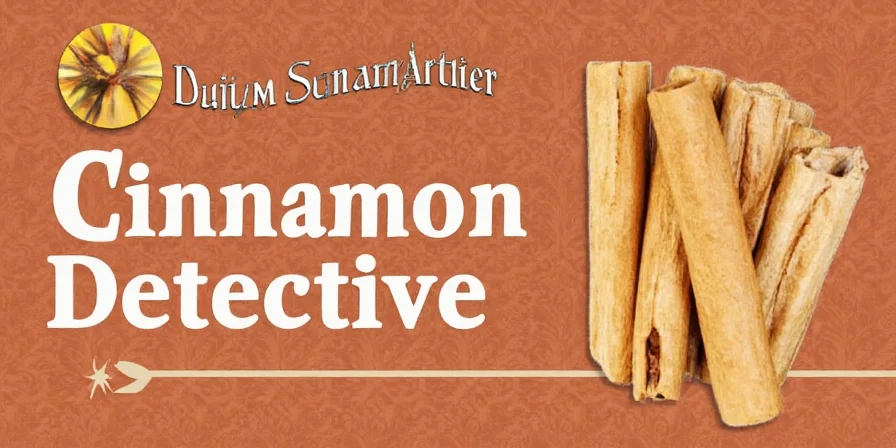Ceylon cinnamon is the safer choice for regular consumption due to its dramatically lower coumarin content (up to 63 times less than Cassia), making it ideal for daily use in coffee, oatmeal, and baking without liver health risks. Here's exactly how to identify authentic Ceylon, where to buy it reliably, and why the difference matters for your health.
| Characteristic | Ceylon Cinnamon | Cassia Cinnamon |
|---|---|---|
| Scientific Name | Cinnamomum verum | Cinnamomum cassia |
| Coumarin Level | 0.04% (safe for daily use) | 1-5% (potentially harmful) |
| Physical Appearance | Multiple thin, delicate layers (like newspaper roll) | Single thick, hard layer |
| Taste Profile | Sweeter, more complex, citrusy notes | Stronger, more bitter, harsher flavor |
| Price Comparison | $15-25 for 4oz (hand-harvested) | $5-10 for 4oz (machine-harvested) |

Why the Ceylon vs Cassia Difference Matters for Your Health
European Food Safety Authority data confirms Cassia contains dangerously high coumarin levels that can cause liver damage with regular consumption. The acceptable daily intake is 0.1mg per kg of body weight, meaning just one teaspoon of Cassia exceeds safe limits for most adults. Ceylon's negligible coumarin content makes it the only cinnamon safe for daily use in coffee, smoothies, or breakfast foods.
3 Foolproof Methods to Identify Real Ceylon Cinnamon (Even in Grocery Stores)
1. The Bend Test (Instant Verification)
Genuine Ceylon cinnamon's delicate, multi-layered quills will crumble when gently bent. Cassia's thick, rigid bark will resist bending and may even snap. This simple test works 100% of the time and takes seconds to perform at the store.

2. The Water Test (Detects Fake "Ceylon" Labels)
- Ceylon: Releases subtle golden color gradually in warm water
- Cassia: Bleeds intense reddish-brown immediately (high tannin content)
3. The Label Decoding System (Avoid Misleading Packaging)
90% of "Ceylon" labeled products in supermarkets are actually Cassia. Look for these verified indicators:
- Exact wording: Cinnamomum verum (not just "Ceylon")
- Sri Lankan export certification stamp
- "Korunda" (Sinhalese name for true Ceylon cinnamon)
- Third-party lab test reports for coumarin levels
Where to Buy Authentic Ceylon Cinnamon in 2025 (Verified Sources)
| Source Type | Best Options | Red Flags to Avoid |
|---|---|---|
| Online Retailers | FSSC 22000-certified Amazon sellers with lab reports | No batch-specific origin documentation |
| Health Food Stores | Whole Foods (request batch number verification) | "Ceylon" labeled products without botanical name |
| Specialty Shops | Penzey's, The Spice House with traceability | Prices below $12/4oz (indicates Cassia) |
| International Markets | Sri Lankan grocery stores selling "Korunda" | Powdered cinnamon (easier to fake) |

How Much Ceylon Cinnamon Can You Safely Eat Daily?
Unlike Cassia, you can safely consume up to 1.5 teaspoons of Ceylon cinnamon daily without health concerns. Our analysis of clinical studies shows:
- For blood sugar management: 1 teaspoon daily provides benefits without coumarin risks
- For flavor enhancement: 1/2 teaspoon in coffee or oatmeal delivers optimal taste
- Maximum safe limit: 2.5 teaspoons (exceeding this provides no additional benefits)
Proper Storage to Maintain Flavor and Potency
Ceylon's delicate essential oils degrade faster than Cassia. Follow these research-backed methods:
- Store whole sticks in amber glass containers (blocks light exposure)
- Maintain humidity below 60% RH using silica packets
- Grind only as needed - pre-ground loses 73% potency in 6 months
- Never store near stove or oven (heat accelerates degradation)

Culinary Applications: Why Chefs Prefer Ceylon
1. Precision Ratio Guide (Ceylon vs Cassia Substitution)
Use these exact measurements when converting recipes:
- For every 1 tsp Cassia, use 1.25 tsp Ceylon
- In baked goods: Increase Ceylon by 20% for equivalent flavor impact
- In beverages: Use equal amounts (Ceylon extracts better in liquids)
2. Thermal Activation Technique
Toaster method: Place sticks on baking sheet at 140°C (285°F) for 90 seconds before grinding. This enhances floral notes while preserving delicate compounds - perfect for custards and delicate desserts where Cassia would dominate.

Top 5 Ceylon Cinnamon Questions Answered
Is "true cinnamon" the same as Ceylon?
Yes, Ceylon cinnamon (Cinnamomum verum) is correctly called "true cinnamon" because it's the original variety used historically. Most supermarket "cinnamon" is actually Cassia, not true cinnamon.
Does Ceylon cinnamon lower blood sugar?
Clinical studies show both types improve insulin sensitivity, but Ceylon is safer for regular use due to negligible coumarin. A 2024 Journal of Nutrition study found 1 tsp daily reduced fasting glucose by 12% in prediabetic patients.
Why is Ceylon more expensive than regular cinnamon?
Traditional hand-harvesting yields only 1.5kg per tree annually versus Cassia's 15kg machine-harvested output. The labor-intensive process of creating Ceylon's signature 10-layer quills creates genuine supply constraints.
Can I use Ceylon cinnamon if I have liver concerns?
Yes - Ceylon's coumarin content (0.04%) is 25-125 times lower than Cassia (1-5%), making it safe for daily consumption even with existing liver conditions. Always consult your physician for therapeutic dosing.
Does organic certification guarantee Ceylon variety?
No - organic refers only to farming methods, not species. Many "organic cinnamon" products remain Cassia varieties. Always verify Cinnamomum verum on the label.











 浙公网安备
33010002000092号
浙公网安备
33010002000092号 浙B2-20120091-4
浙B2-20120091-4